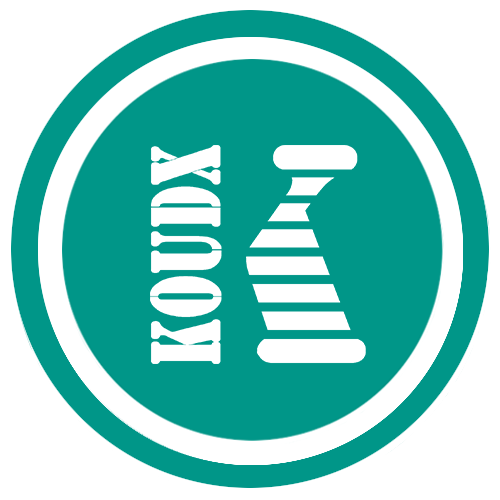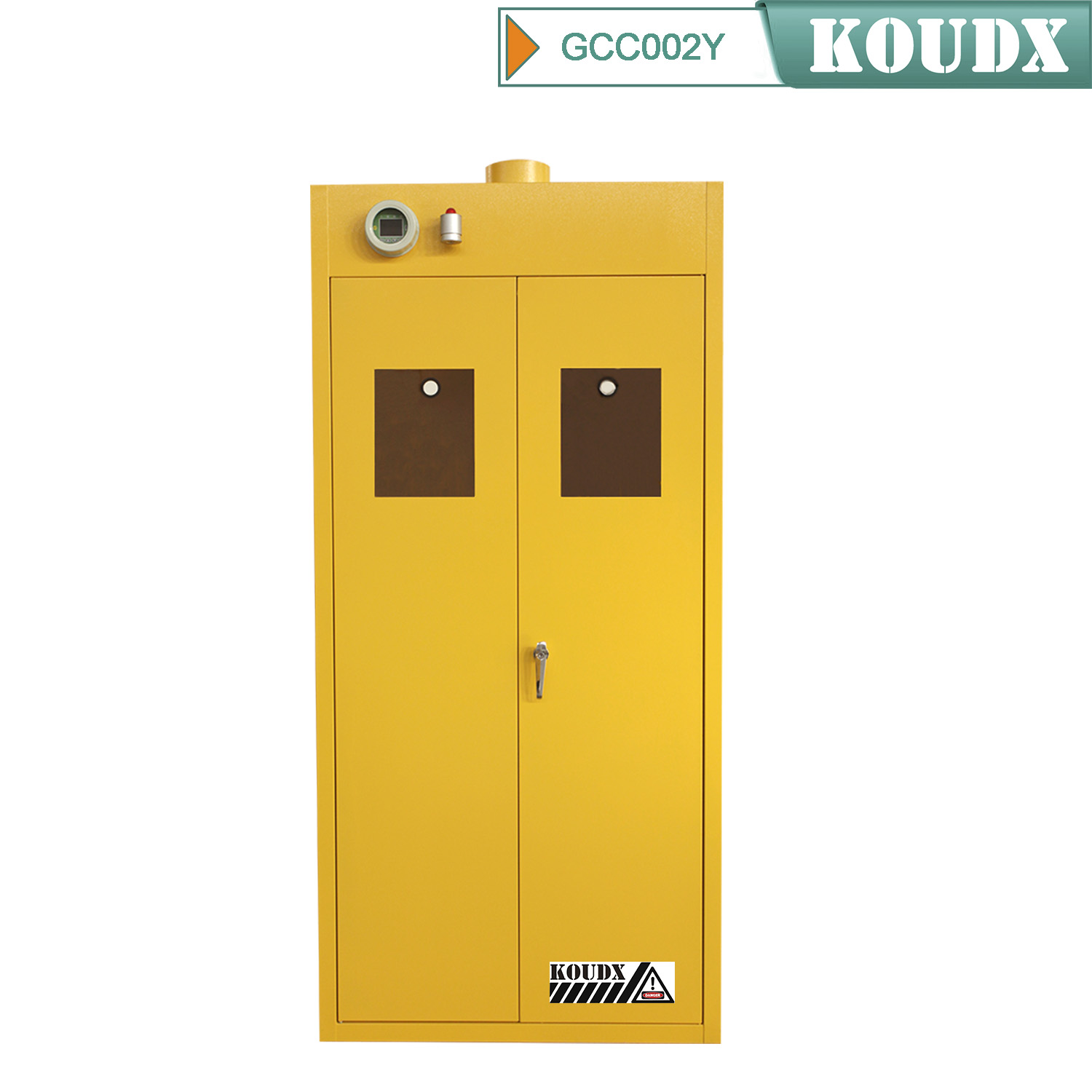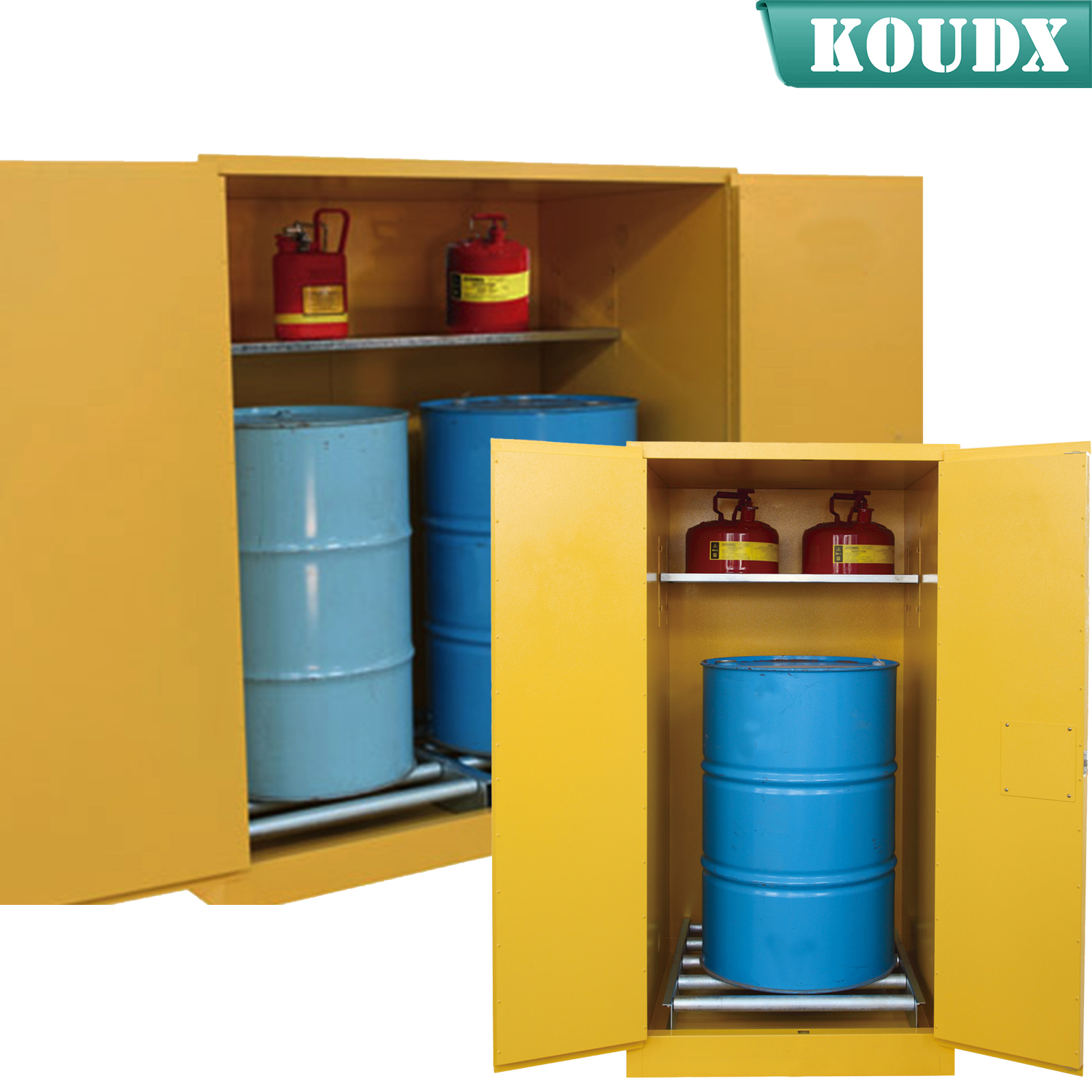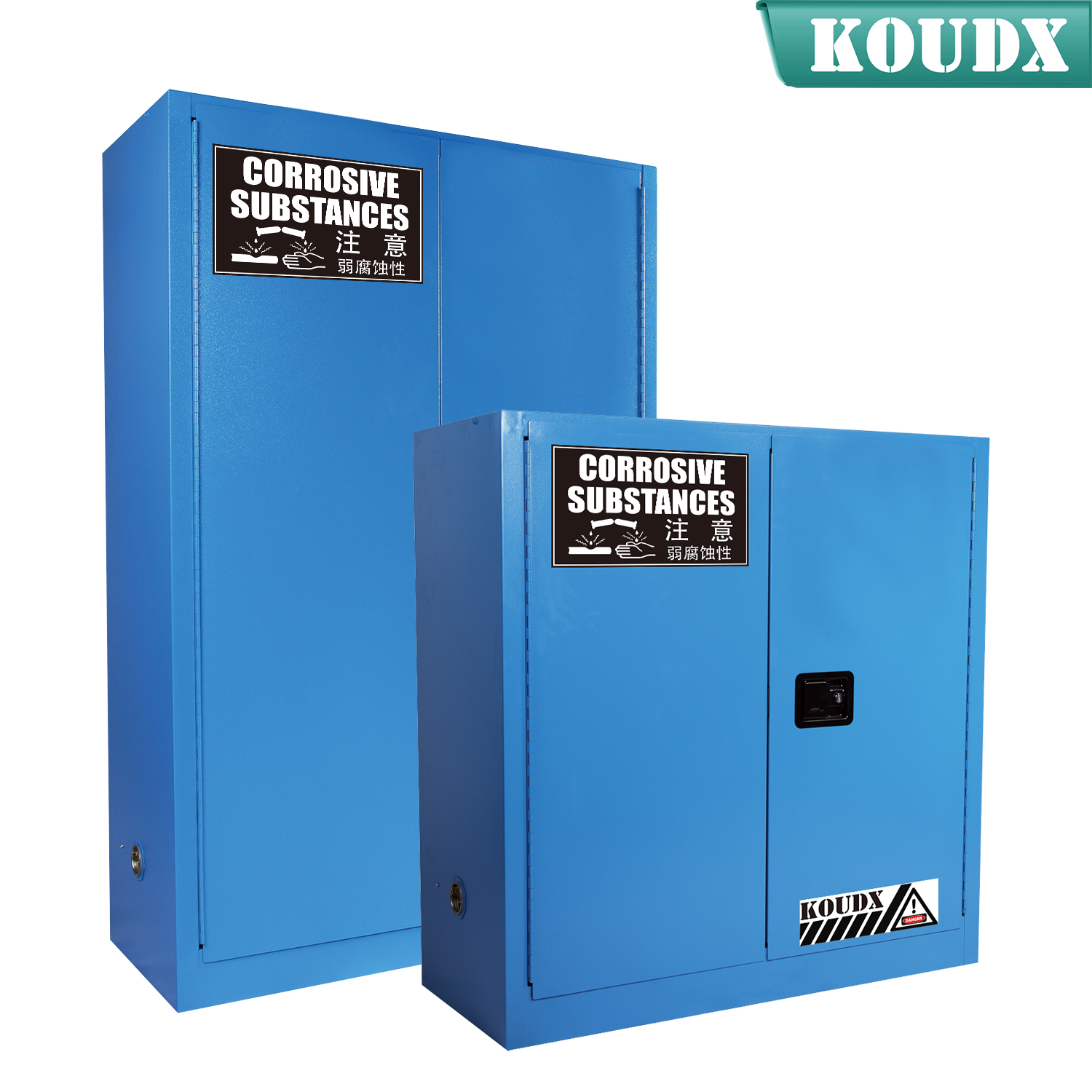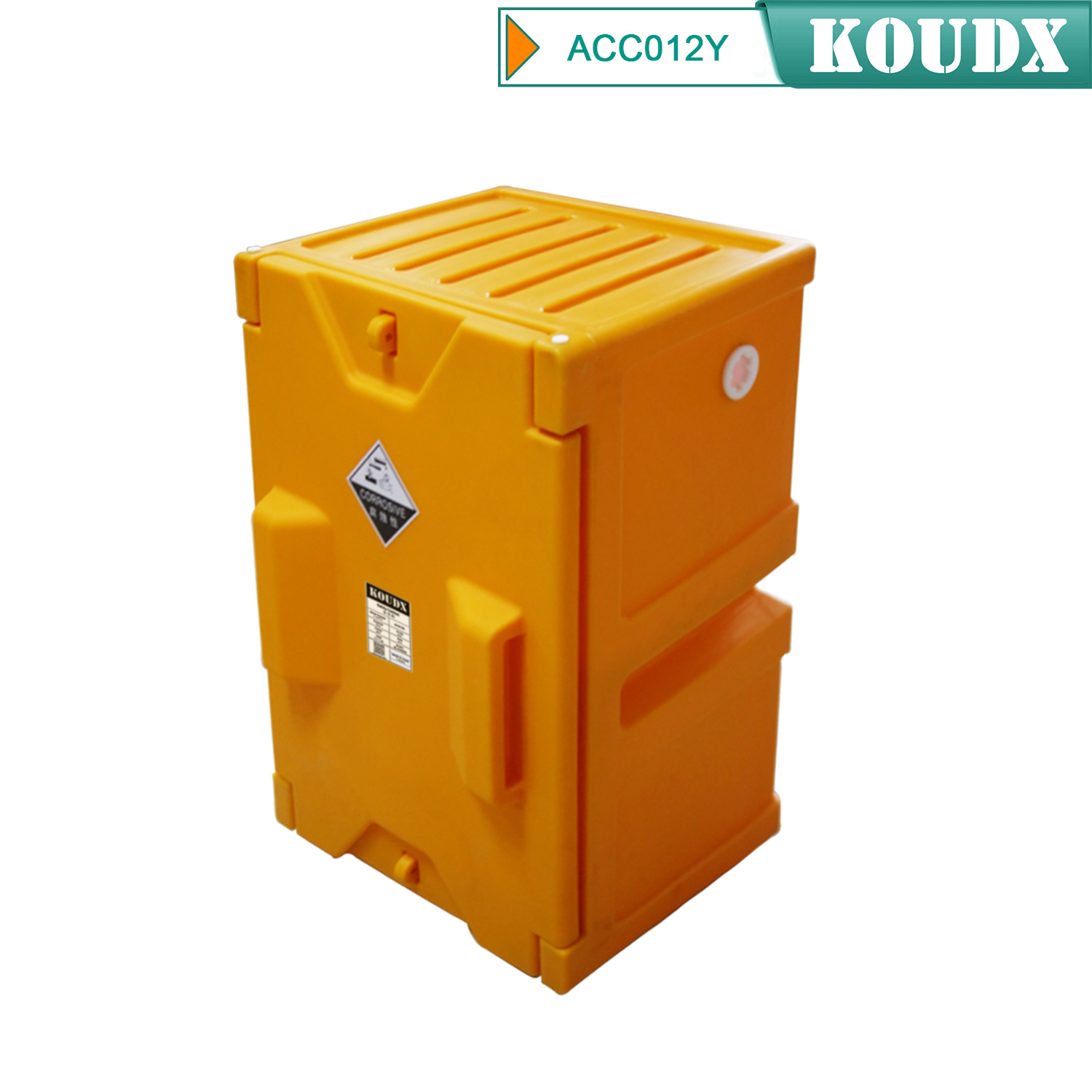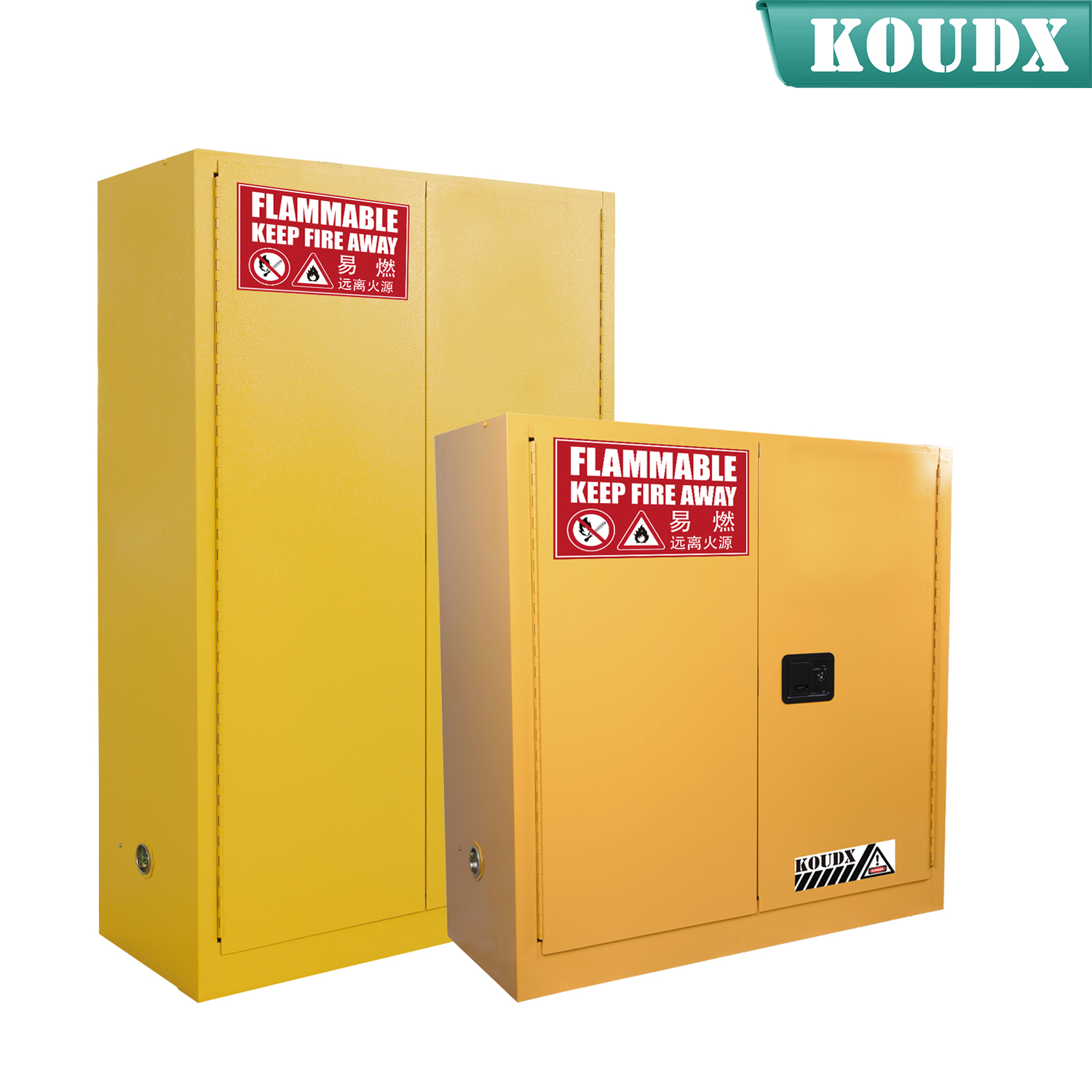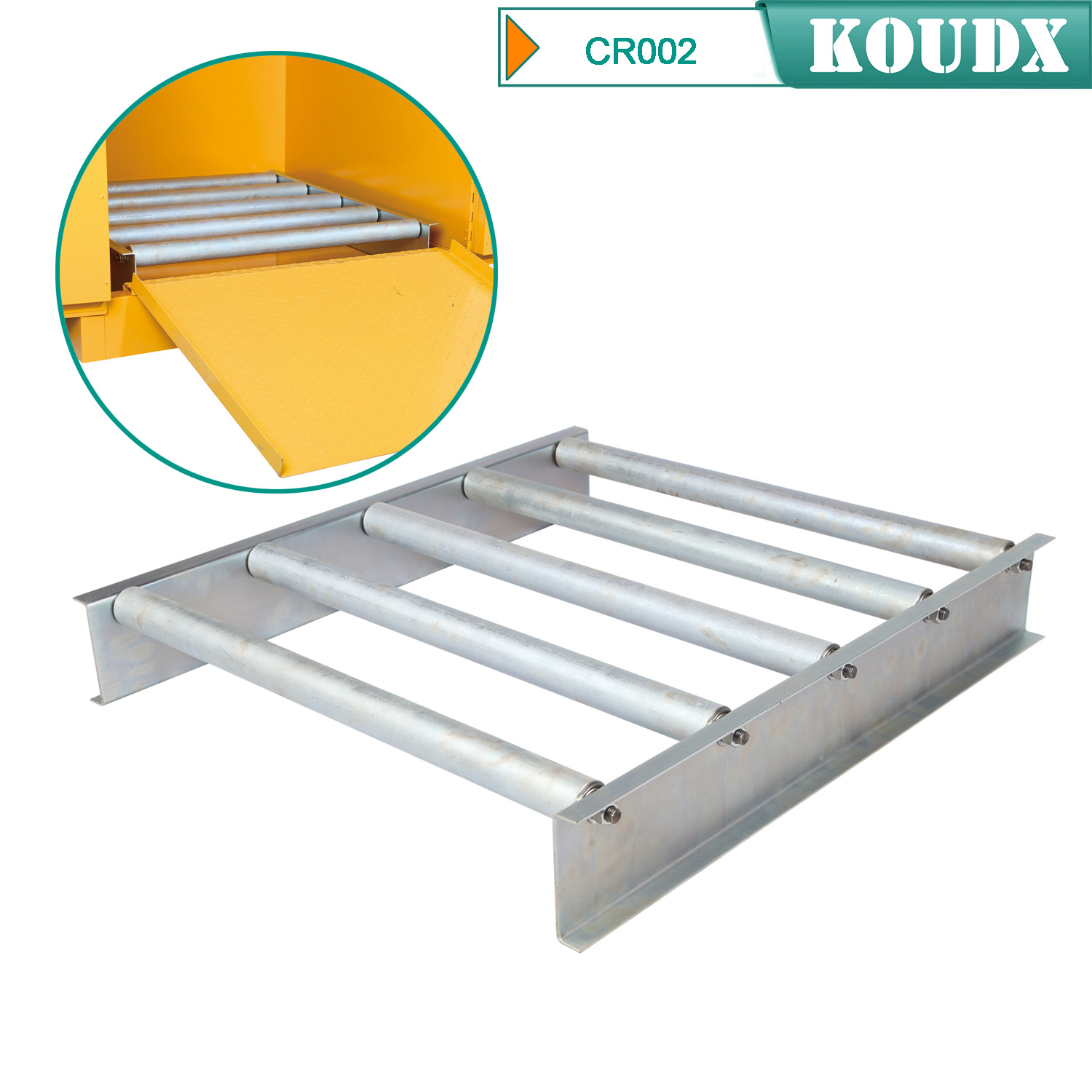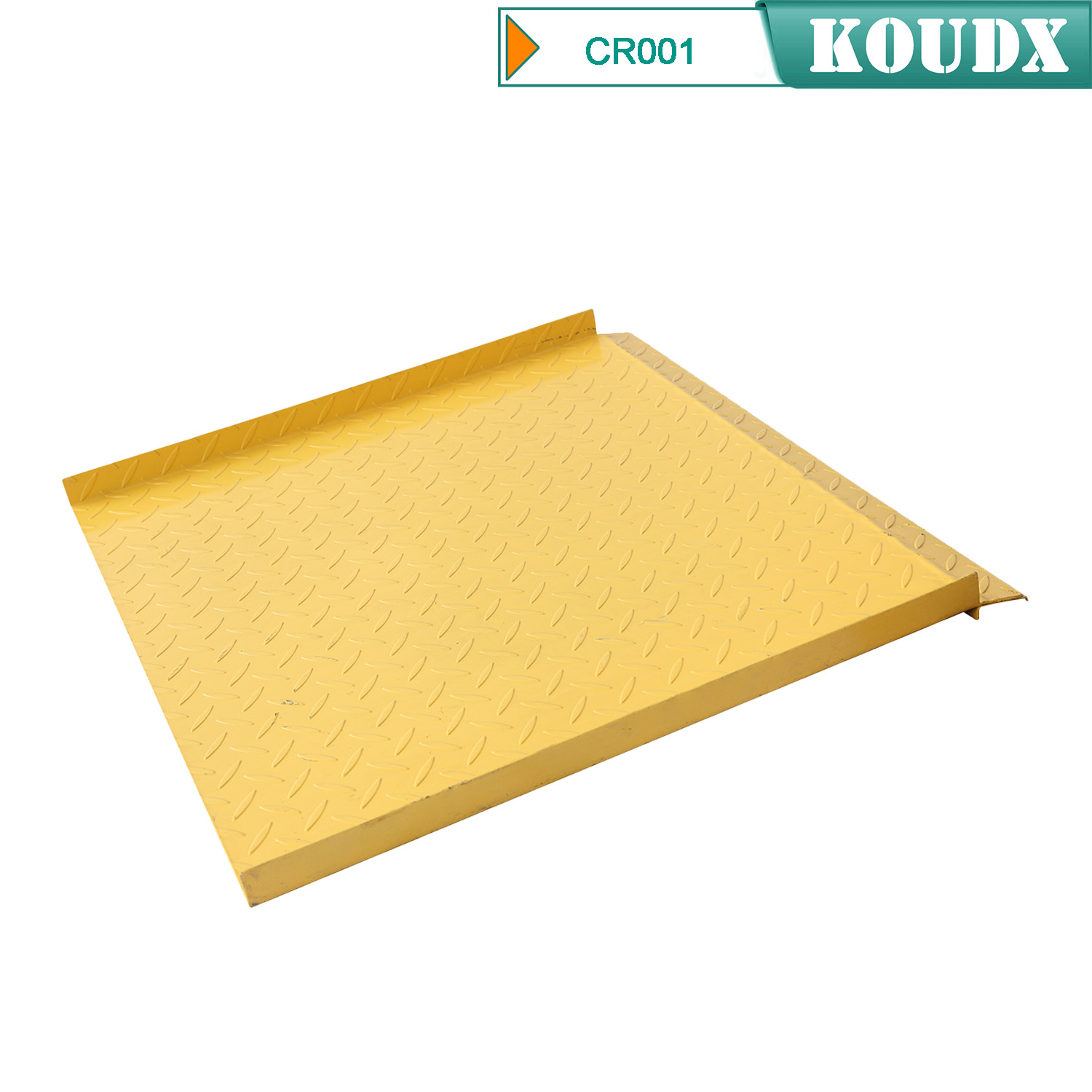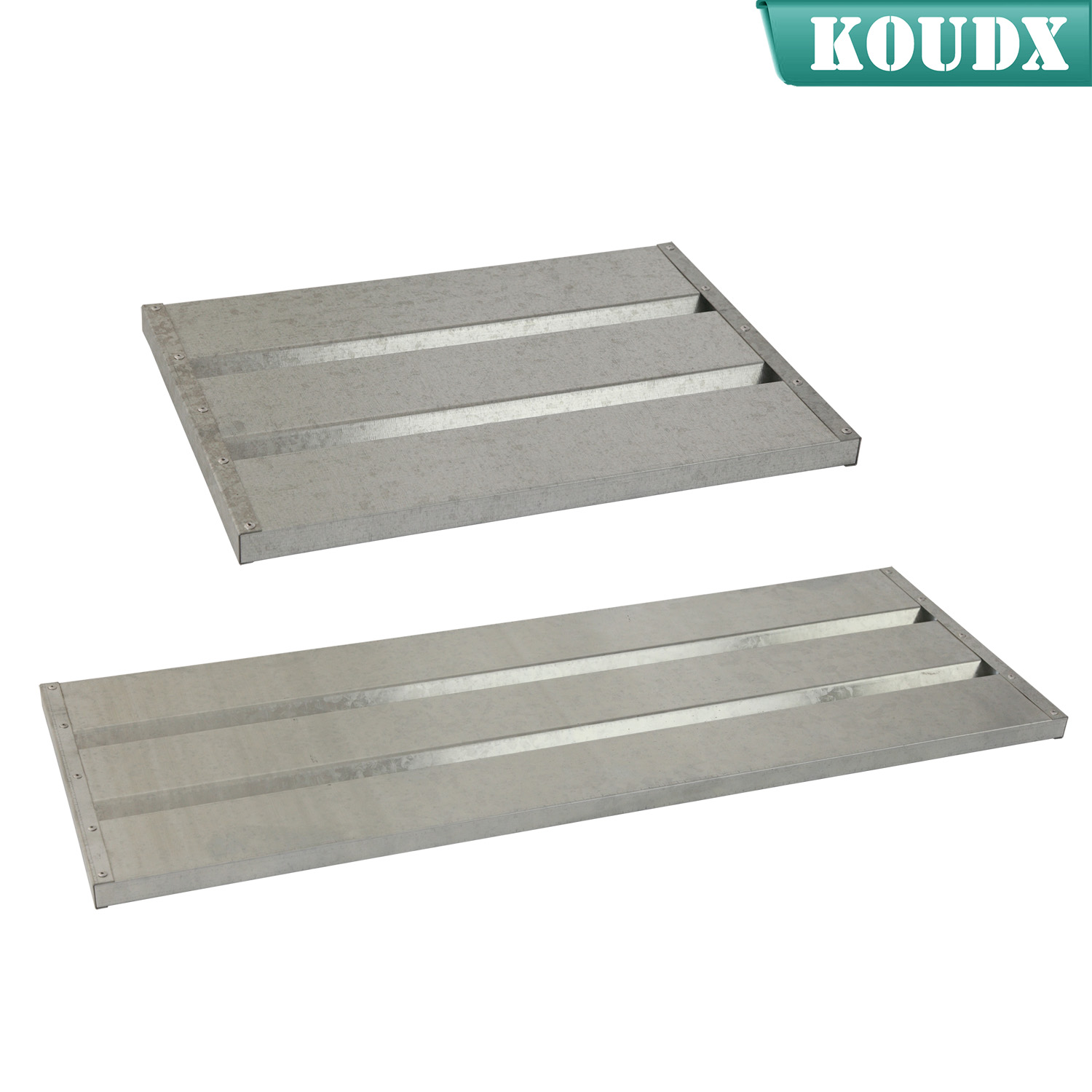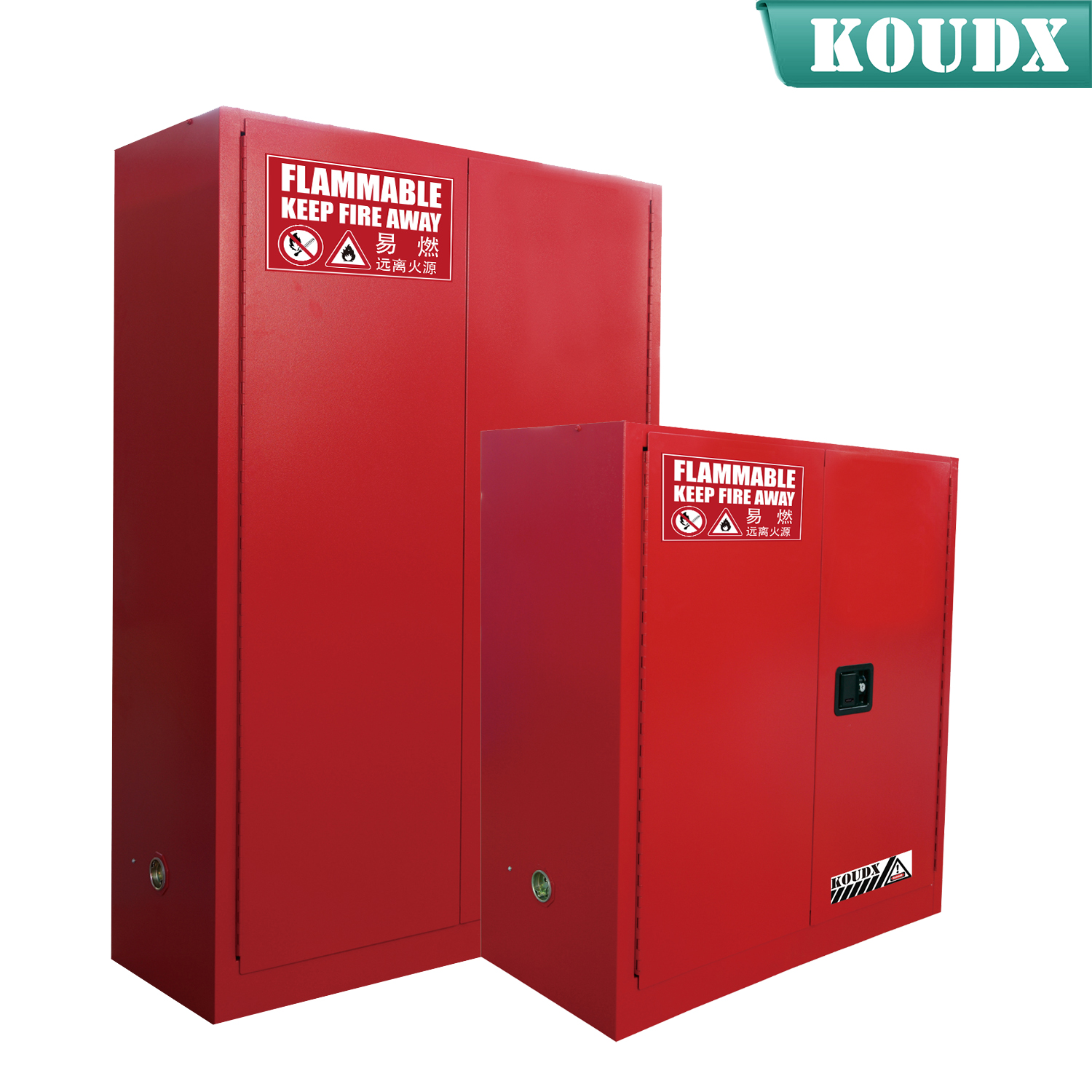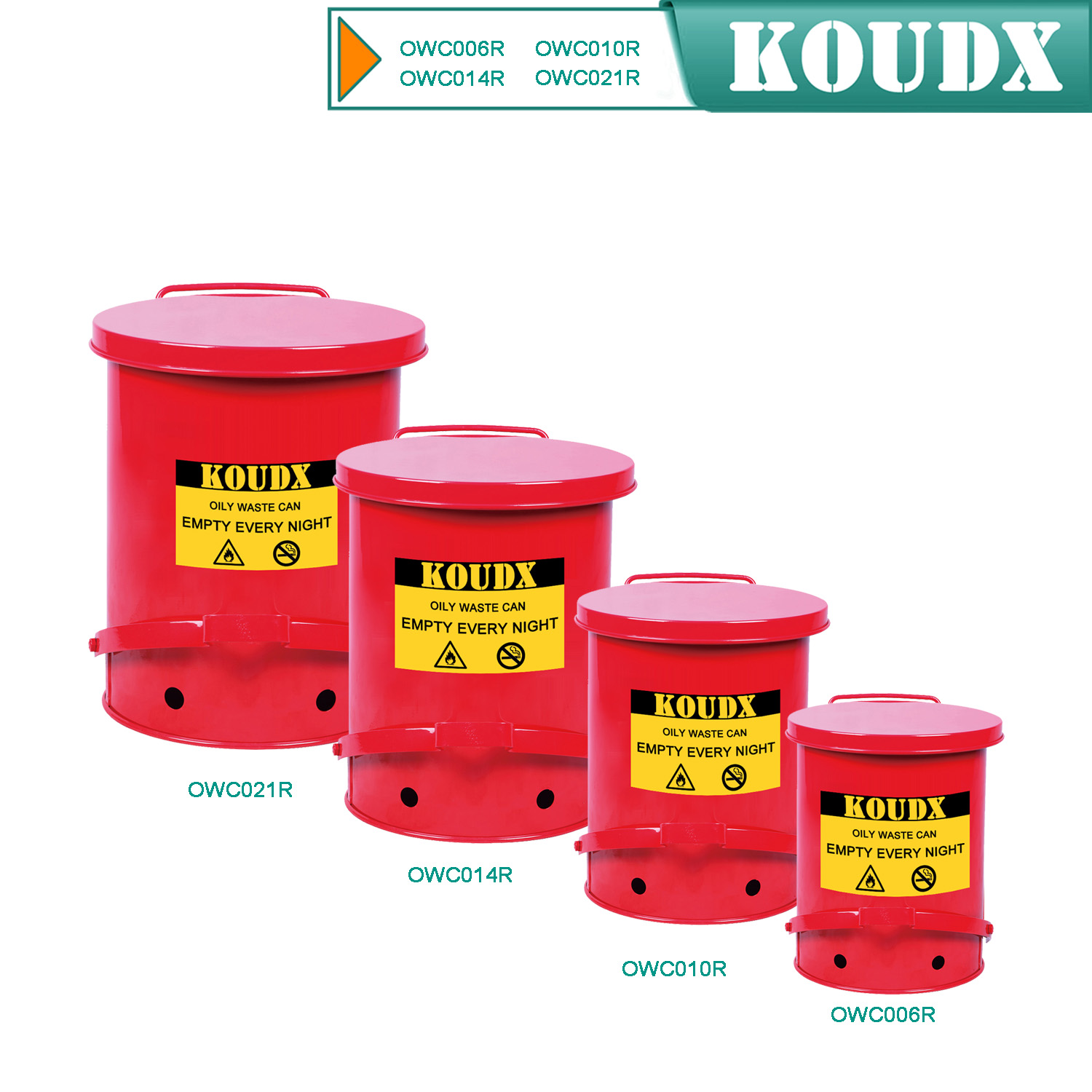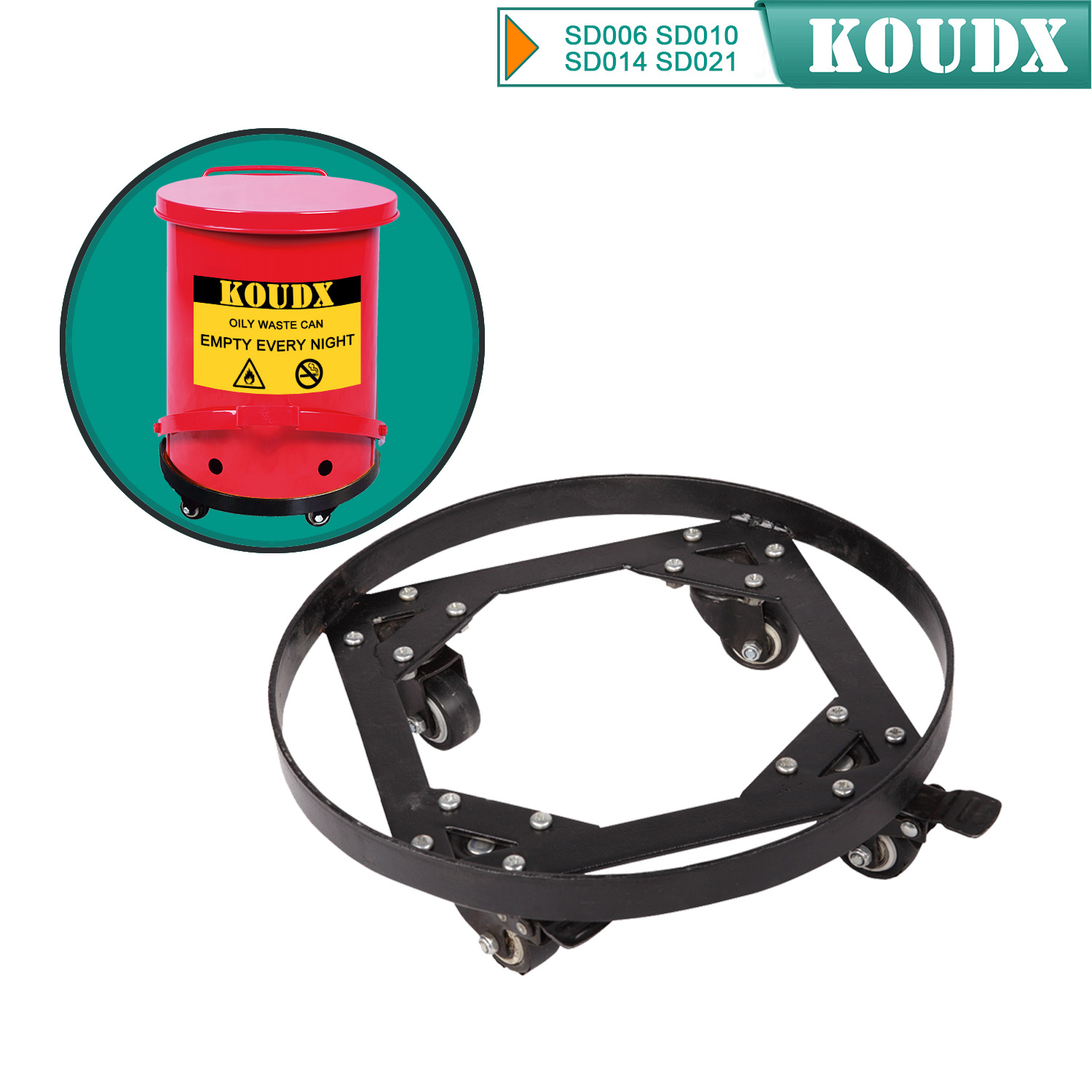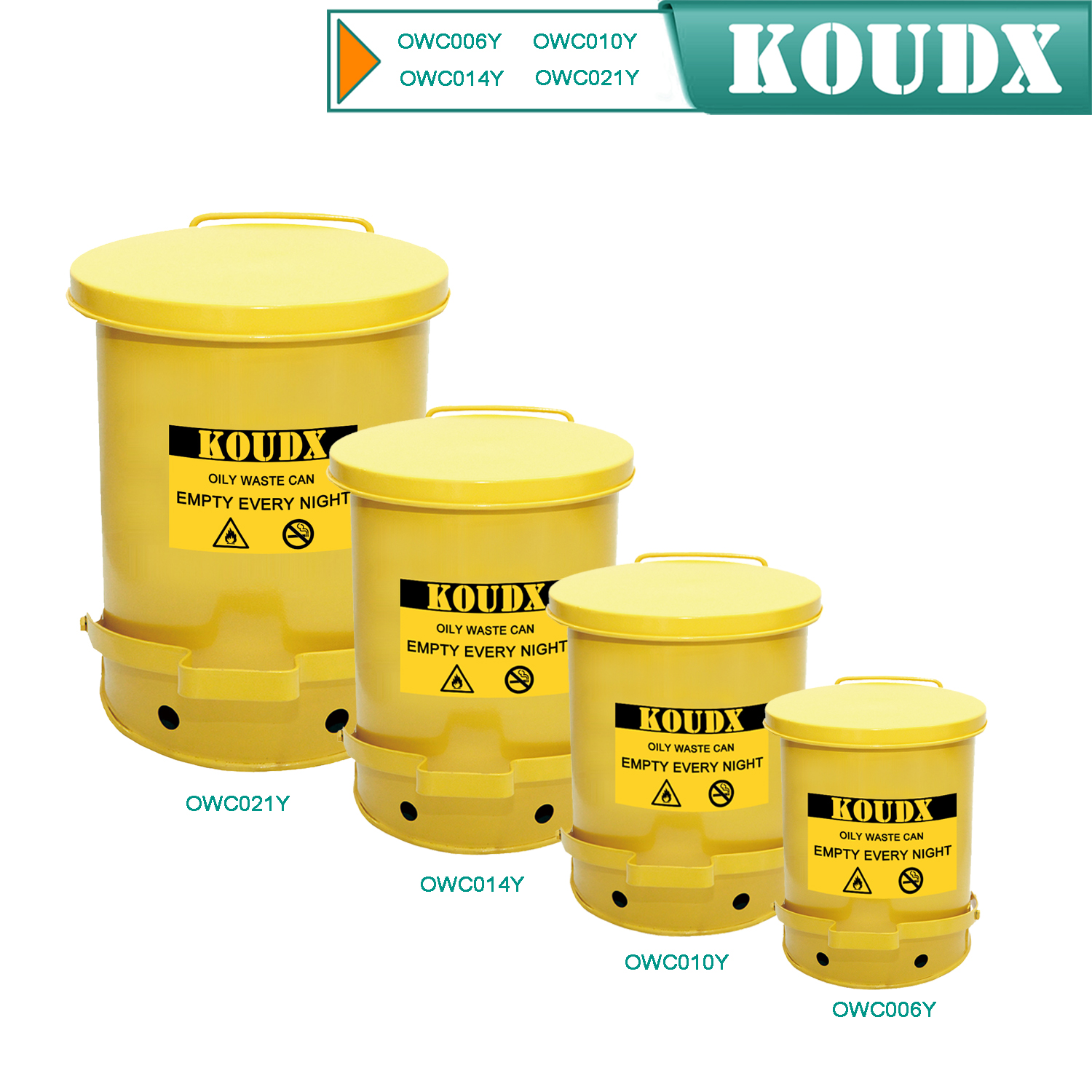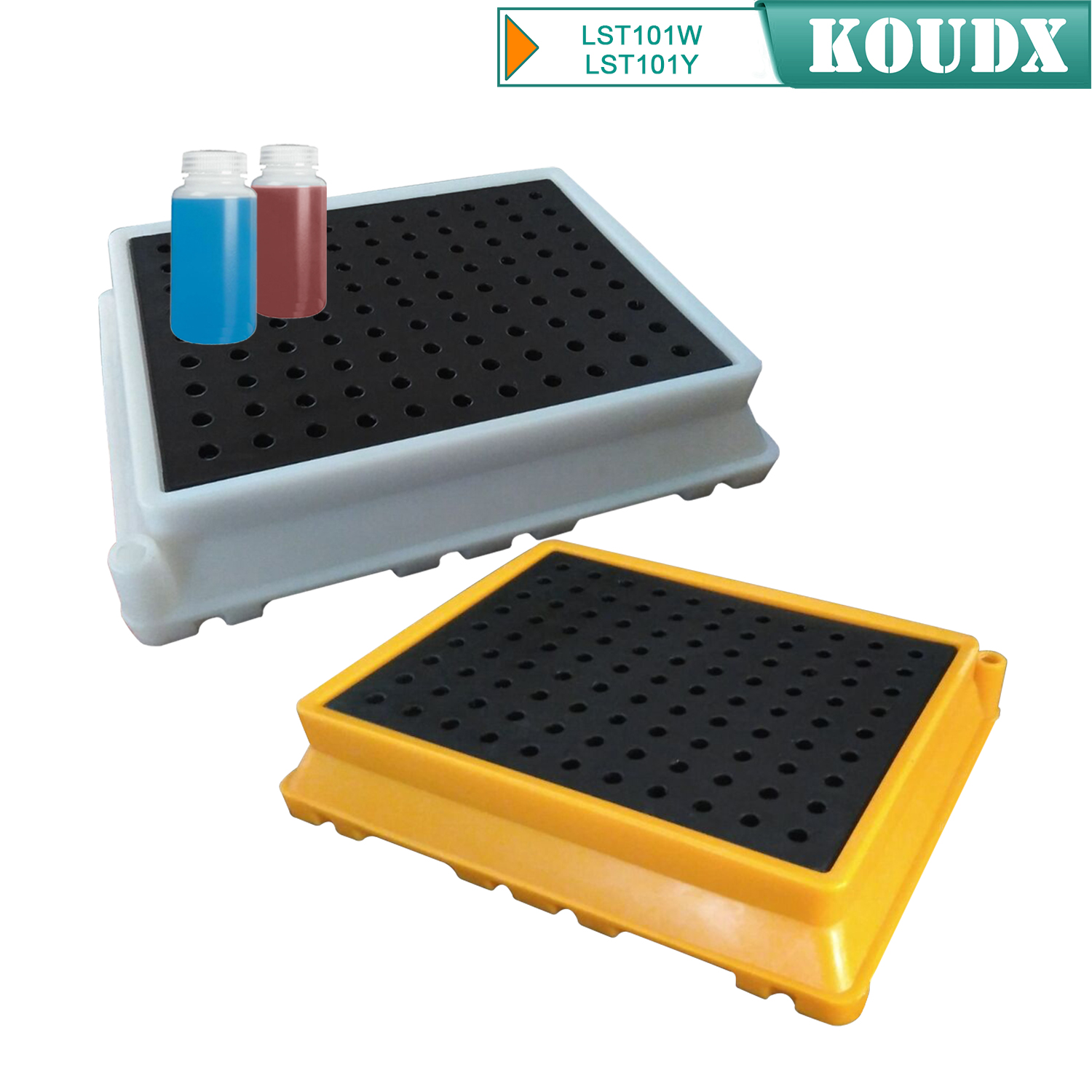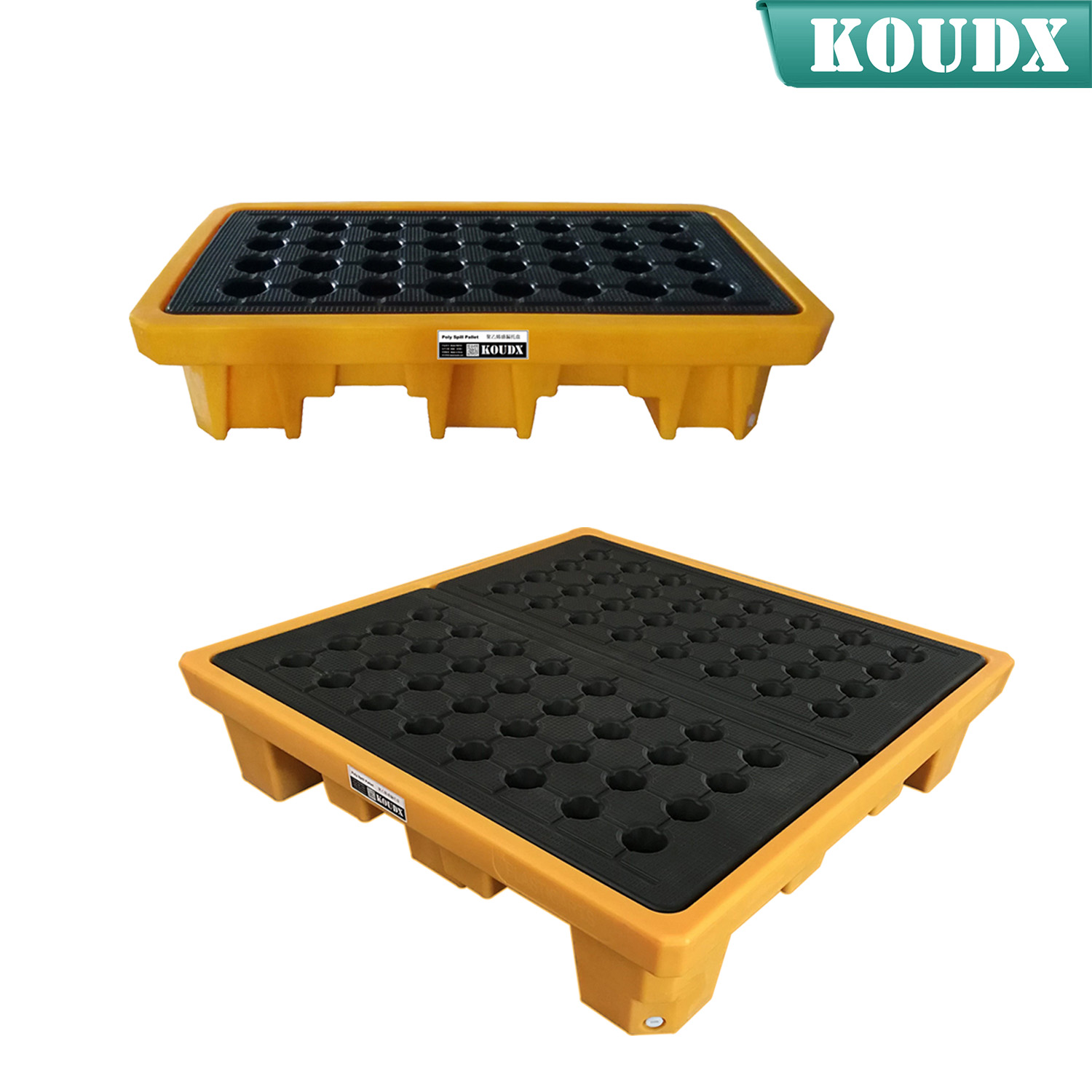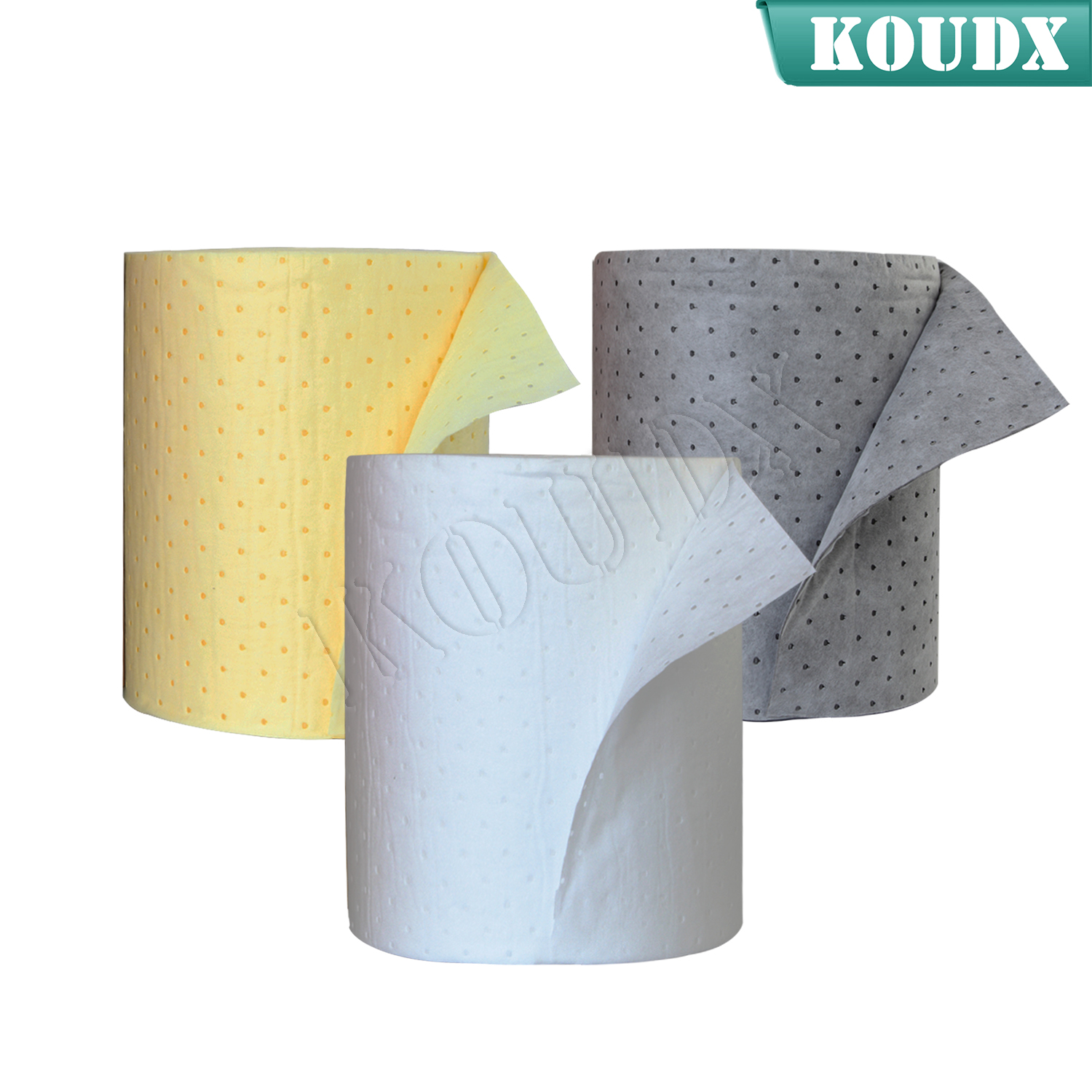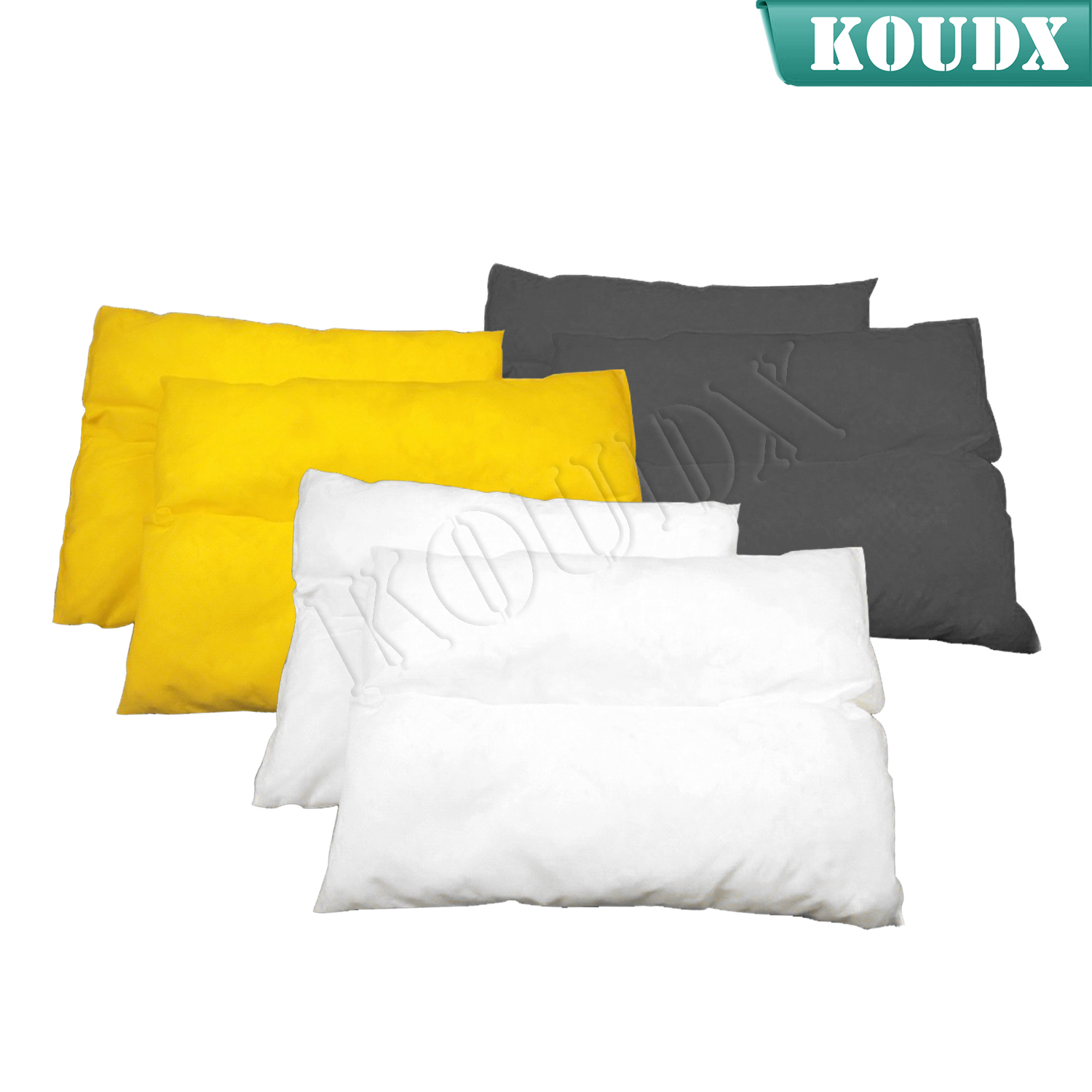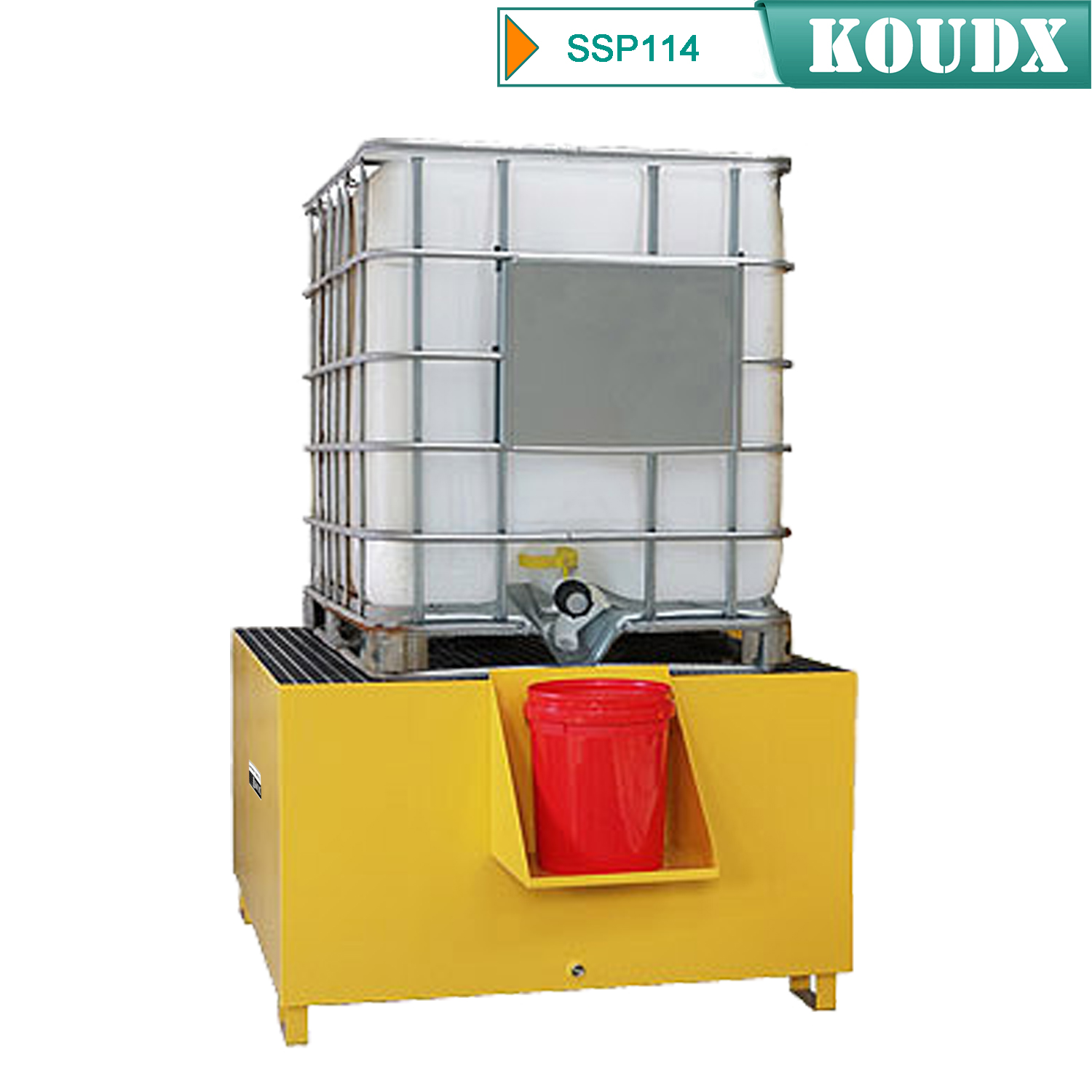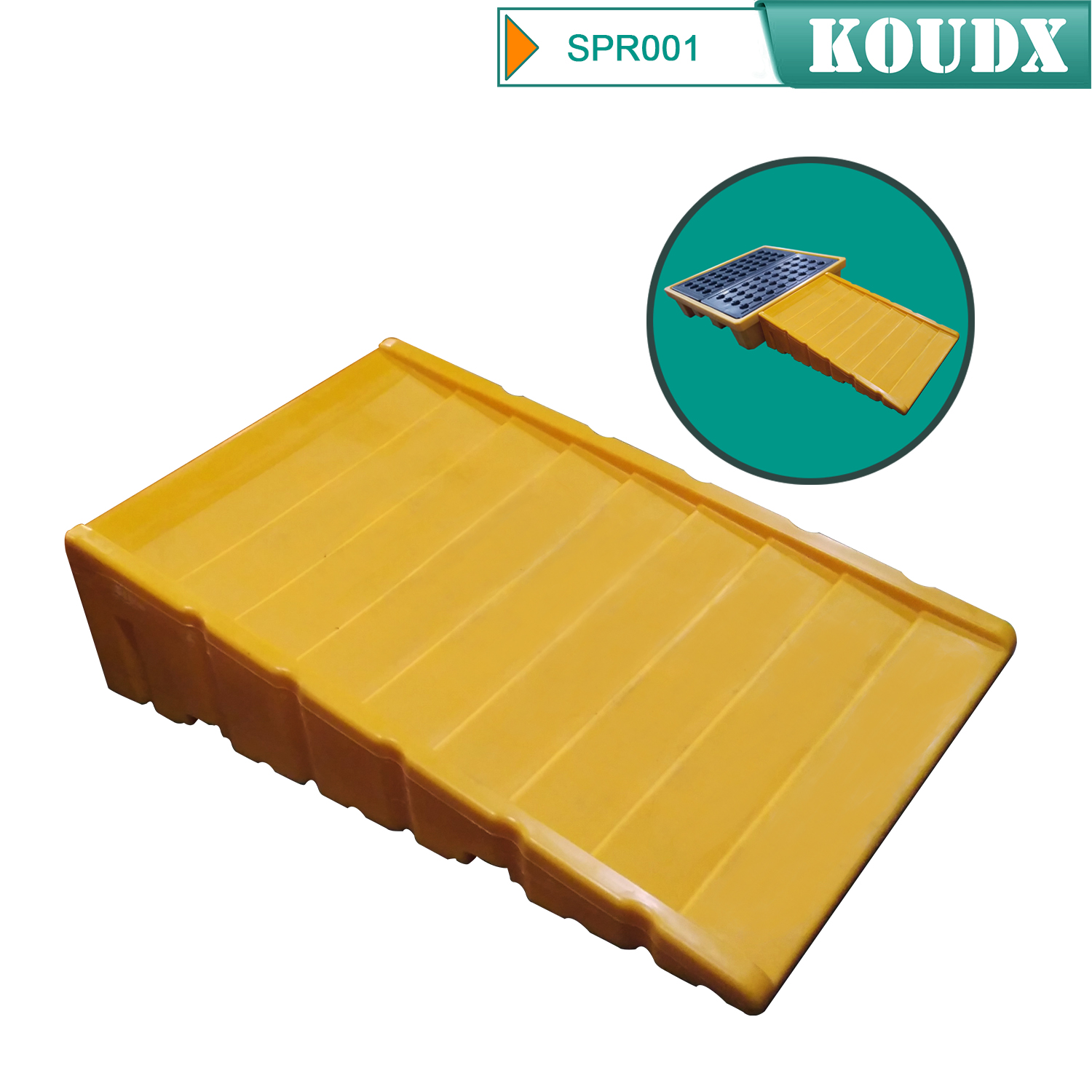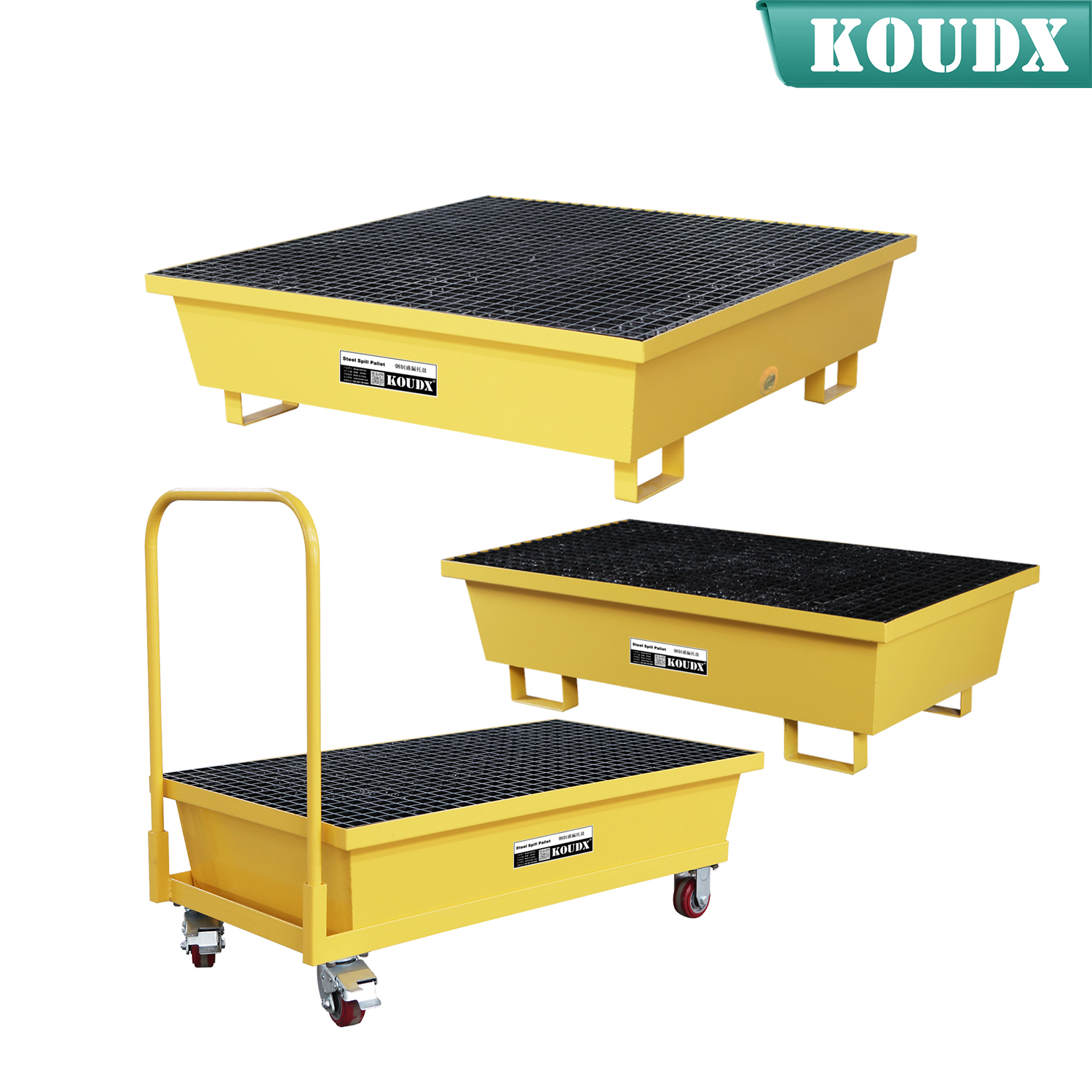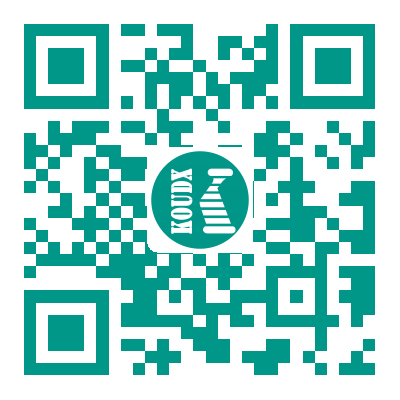
Application of Emergency Action Plans (EAPs) and Fire Prevention Plans (FPPs)
Mandatory elements of the Occupational Safety and Health Administration’s (OSHA’s) emergency action and fire prevention plans are found in 29 Code of Federal Regulations (CFR) 1910.38 and 1910.39, respectively. Having detailed and comprehensive emergency action and fire prevention plans that are properly communicated to all members of the organization saves lives and minimizes property damage.
OSHA defines the application of EAPs in 29 CFR 1910.38(a) and FPPs in 29 CFR 1910.39(a) as: “An employer must have an EAP or FPP whenever an OSHA standard in this part (1910) requires one.”
These nine standards require organizations to have an EAP:
-
1910.119 Process Safety Management (PSM) of Highly Hazardous Chemicals
-
1910.120 Hazardous Waste Operations and Emergency Response (HAZWOPER)
-
1910.157 Portable Fire Suppression Equipment
-
1910.160 Fixed Extinguishing Systems, General
-
1910.164 Fire Detection Systems
-
1910.272 Grain Handling Facilities
-
1910.1047 Ethylene Oxide (EtO)
-
1910.1050 Methylenedianiline (MDA)
-
1910.1051 1,3-Butadiene
Organizations covered by the EtO, MDA or 1,3-Butadiene standards must also have a FPP in place.
The plans must be in writing, kept in the workplace and available for employees for review. However, employers with 10 or fewer employees may communicate the plans orally to employees. The plans must be reviewed with each covered employee when:
-
The plans are developed or the employee is assigned initially to a job;
-
The employee’s responsibilities under the plans change; and
-
The plans are changed.
EAPs and FPPs may vary to comply with specific company operations, but must follow the guidelines set by OSHA.
Emergency Action Plan Requirements
According to 29 CFR 1910.38(c), at a minimum, EAPs must include the following:
-
Procedures for reporting a fire or other emergency;
-
Emergency evacuation procedures and exit route assignments;
-
Procedures to be followed by employees who remain to operate critical plant operations before they evacuate;
-
Procedures to account for all employees, contractors and guests after emergency evacuations have been completed;
-
Rescue and medical duties for those employees who are to perform them; and
-
Names or job titles of persons who may be contacted for additional information or further explanation of duties under the EAP.
All employees must be familiar with the evacuation signal, whether it’s communicated verbally or by bells, whistles or sirens. The alarm system must comply with the scope, application, general requirements, installation and restoration, maintenance, testing and manual operation as stated in 29 CFR1910.165 – Employee Alarm Systems.
Fire Prevention Plan Requirements
Per 29 CFR 1910.39(c), at a minimum, FPPs must include the following:
-
A list of all major fire hazards, proper handling and storage procedures for hazardous materials, potential ignition sources and their control, and the type of fire protection equipment necessary to control each major hazard; Procedures to control accumulations of flammable and combustible waste materials;
-
Procedures for regular maintenance of safeguards installed on heat-producing equipment to prevent the accidental ignition of combustible materials;
-
Names or job titles of employees responsible for maintaining equipment to prevent or control sources of ignition or fires; and names or job titles of employees responsible for fuel source hazard control.
Employees must know the alarm procedure, where to find alarms and how to sound or activate them. Emergency phone numbers must be posted by phones. Employees must respond immediately when the alarm is sounded, whether it is a drill or an actual fire. Personal work areas must be secured, if time permits, by turning off machinery or equipment, securing hazardous materials or locking up confidential documents.
Establishing EAPs and FPPs and facilitating employee training helps prevent injuries and deaths in the workplace. Saving lives is the main goal for EAPs and FPPs. Just because an organization has an EAP and FPP, doesn’t mean they are prepared for an emergency. The plans only work if employees know and follow the emergency procedures. For additional information on OSHA’s means of egress requirements please see QuickTip #268.
Commonly Asked Questions
Q. Where can I receive help to determine if my organization requires an EAP?
A: OSHA has an electronic resource called Evacuation Plans and Procedures eTool on osha.gov. The eTool has information regarding EAPs and also an Expert System that will walk you through a series of questions to determine if your organization is required to have an EAP.
Q. Why is it important to meet for a head count in the event of an emergency?
A: It is crucial to have a designated place to meet after the evacuation process. The head count helps to determine if anyone might possibly be trapped in the building. Failing to report to this designated meeting place could endanger the life of someone who re-enters the building in an attempt to find a missing person.
Q. Why is it important to keep exits clear?
A: It is important to keep paths, escape routes and aisles clear to ensure everyone can quickly exit the building. Clutter and debris might prohibit an exit door from opening to allow for escape.

KOUDX(Shanghai Koudx Industry Technology Co., Ltd.) is a professional provider of industrial safety and environmental protection solutions. Based on the concept of market and customer demand, our fire safety cabinet was developed in accordance with the standards of OSHA 29 CER 1910.106 and NFPA CODE30. It is widely used in petrochemical industry, industrial manufacturing, university laboratories, food industry, automobile industry manufacturing, new energy and other industries.
We sincerely hope that in the journey of KOUDX's continuous development and expansion, we will be able to get the full support of our distributor partners in China and abroad, and have more long-term strategic partners, development together and achieve a win-win situation. Welcome to contact us (86) 400-168-8090, you can visit our website www.koudx.com for the detail information.



